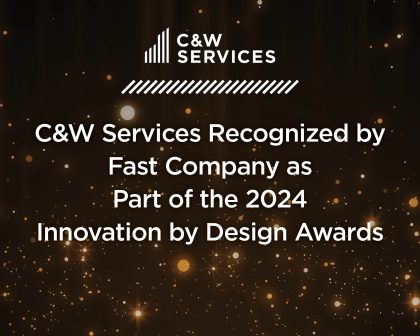Rising energy costs, along with tenant demands, ESG commitments and state and local ordinances, are leading facilities managers to integrate sustainability measures into every facet of their operations.
Michael Gill has navigated these issues across more than three decades in building operations, facilities engineering, energy conservation and sustainability.
Gill recently joined C&W Services as senior director of client services for New England and recently had an opportunity to sit down with Joe Burns of Facilities Dive. Facilities Dive engaged Gill to explore concepts around technology and energy efficiency, particularly in the New England market, where C&W Services is deeply rooted.
You can find the entire article HERE – below are some key takeaways:
WHAT’S NEW WITH SUSTAINABILITY IN MAINTENANCE
Companies now want to do the right thing, and they don’t mind investing money in sustainability. We’re seeing companies reduce their energy use intensity, which obviously, is a direct correlation to the carbon output. But, going one step further, they’re potentially investing in renewable energy certificates for the remaining energy use, thereby reducing that total carbon usage intensity to a very low level.
STEPS FOR IMPLEMENTING A CLIMATE ACTION PLAN
You have to calculate your energy use intensity. You get that right from your utility bills. Everything converts into a Btu. You divide it by 1000 and get your kBtu, and, divided by the square footage of the building, you get your energy usage intensity. Once you identify where you are today, you can begin putting in some targets on where you want to be in 12 months [and] 24 months.
LOW-HANGING FRUIT FOR ENERGY REDUCTION STRATEGIES
When you look at lighting, that’s been the low-hanging fruit over the past 10 years. The cost of LEDs has come down so much that everybody has done that. Another would be variable-frequency drives. Almost every motor out there now is on a VFD.
THOUGHTS ON WATER USE
I am very big on water conservation. At my previous job, I tied up all of my water meters into my metering platform. Take a mechanical system like a cooling tower. I can look at that in 15-minute increments to find out how much makeup water I’m using on that cooling tower. And then we build [load] profiles and graphs. If I see something that doesn’t look right, I’ll send one of my folks up there, and maybe there was a stuck float, or a failure where we’re just continually getting water. You can find those anomalies.





